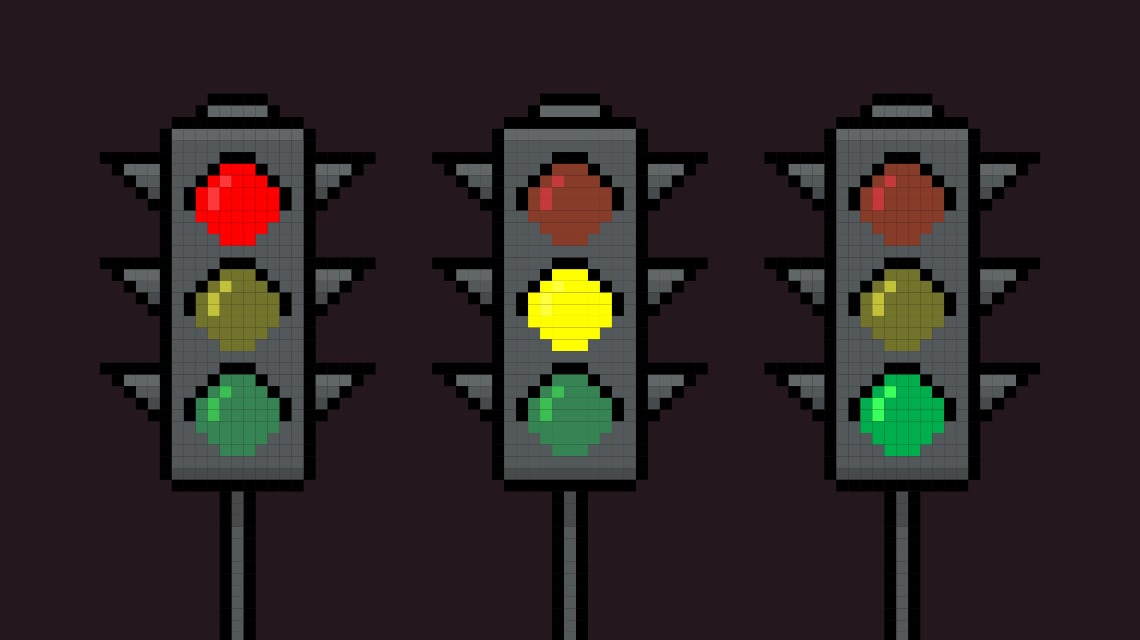Metavertising
If Mark takes 47.5% of your zuckbucks, how many Big Macs can you buy with what’s left?
Nobody knows how the metaverse will turn out, or even if anyone will call it that, but we already know it will be expensive. Apparently, Facebook Reality Labs alone has already spent $10 billion. Just for giggles, let’s say that by the time it starts to take off various meta-pioneers will have invested $300 billion (total guess) in building the metaverse. Now, unless you substitute ‘invested’ with ‘wasted’ in the previous sentence, those pioneers will want a return on that mountain of moolah. Like the internet today, some portion of the metaverse will likely be behind paywalls but the bulk of it will be free to access and the primary source of revenue will be advertising.
In 2021, the global advertising industry was roughly $650 billion. By the time the metaverse audience is large enough to be viable, that figure might be well over $700 billion. If the metaverse can attract 20% of all ad revenue that will be $140 billion. At this point I hope you appreciate that the numbers I’m throwing around are as reliable as the words of a carnival fortune teller - the point is that the metaverse will have lots of ads. Imagine a continuum from “chock full of cheap advertising” to “sparingly scattered with very expensive advertising” and pick a point; your guess is as good as mine. It’s no coincidence that it looks like Microsoft are already exploring how much advertising can be pumped into the metaverse before it implodes. Microsoft own the Xbox gaming platform and they recently acquired Activision Blizzard (a leading games developer), which is relevant because the current gaming business is viewed by many as a kind of proto-metaverse. Oh, and don’t forget that Microsoft also bought the adtech platform Xandr at the end of last year.
The Xbox is a console and, unlike games on mobile devices, in-game advertising on consoles is pretty much unheard of. According to anonymous sources talking to Business Insider, Microsoft are working on a pilot program that will let brands advertise in Xbox games. The aim is to let ad tech companies create “in-game inventory” that would be displayed to players during game play. Imagine virtual billboards, in virtual cities, showing real products, NPCs (non-player characters) with branded clothing and accessories, ads playing over a car radio, all manner of product placement and logo-bombing. Business Insider reports that their sources say: “Microsoft is worried inserting ads into Xbox games could irritate people who don't expect to see ads when playing on consoles, so it's moving cautiously”.
Sounds like a virtual canary in a metaverse coal mine. How much advertising people will tollerate in a virtual world and how much revenue it could generate is a useful variable to know before figuring out how to build it. Then again, as I have written previously, advertising ain’t what it used to be. Pure display advertising revenue is only one part of the equation. According to an article in the Financial Times, Future Publishing (a British media company that publishes more than 50 magazine brands) drove £1bn in ecommerce last year and made a third of its total revenue through affiliate sales - commissions paid on leads that convert to sales.
There lies the other variable, the dollar value of commerce that can be directly attributed to metaverse advertising. Virtual goods could bring hefty commissions, Meta certainly thinks so; they recently announced they will charge fees of up to 47.5% to sell virtual wares on their Horizon Worlds platform. To know how much nearly half of all commerce is worth you need to know how big the market for virtual wares will be and, I repeat, nobody knows how the metaverse will turn out.





